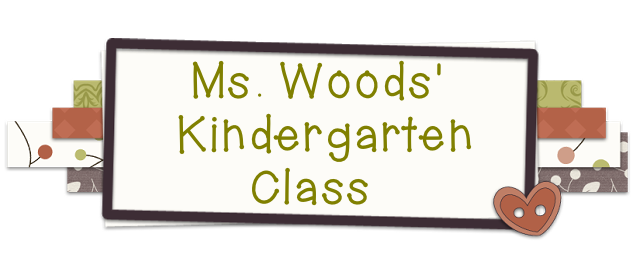We started off the unit with several questions and formed hypotheses based on what we thought. Then, like scientists, we researched the answer by looking at lots of penguin books. Turns out penguins DON'T fly, but they DO have feathers! The feathers help keep them warm.
Here's a group measuring Penguin Pete with unifix cubes during math centers.
We also learned about how penguins move (by hopping or tobogganing on their bellies), what they eat (fish, krill, and squid), and the life cycle of a penguin. Turns out male Emperor penguins are the ones to take care of the baby chicks! We watched penguins on the livecam at Seaworld (find the link here) and tried to spot the different breeds we were studying. Last, we did the Penguin Dance as many times as possible!
When our third grade reading buddies came to our class, they helped us make a penguin craft that is now hanging in our room. They turned out great!
To conclude, we did a Shared Writing paragraph on what we learned about penguins. Shared Writing is a great way for students to practice forming sentences, spelling difficult words, and sharing what they know about a topic in a piece of writing. This will help us a lot with our nonfiction writing unit in Writers Workshop, where we write All-About books!






















































